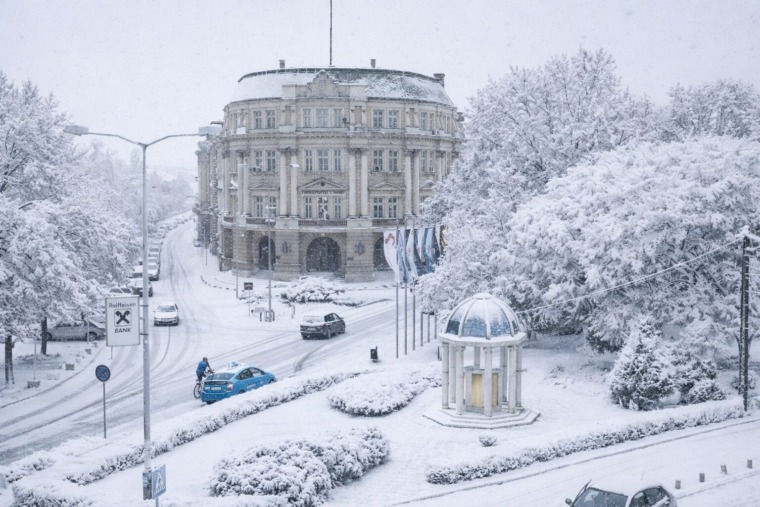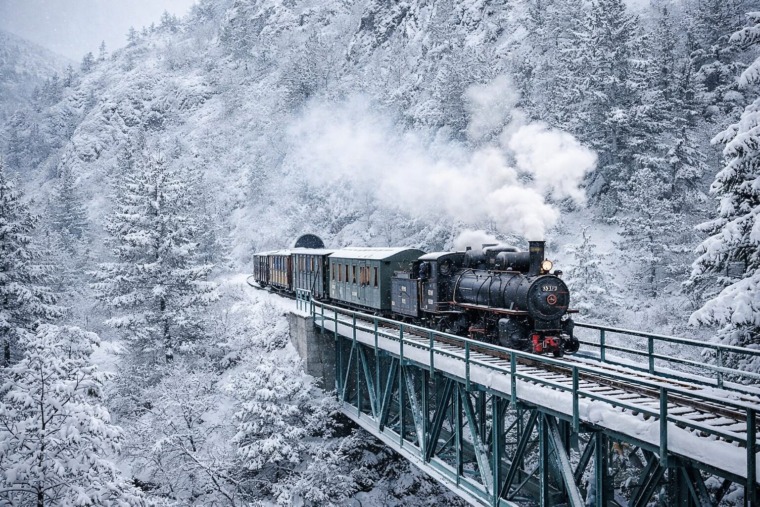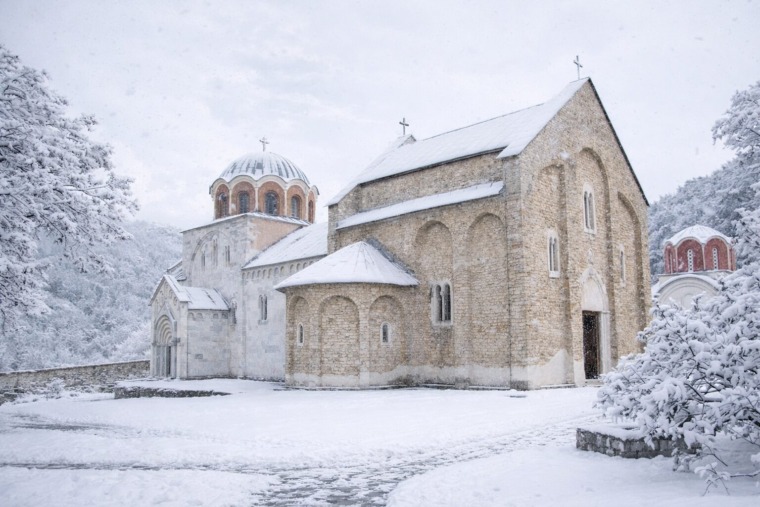
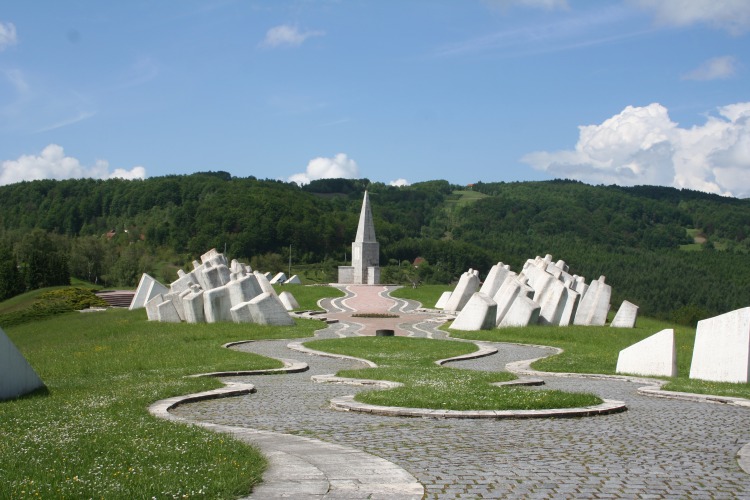
Among the rolling hills near the town of Užice in western Serbia lies a site of profound historical and cultural significance: the Kadinjača Monument. Known colloquially as the “Serbian Stonehenge,” this awe-inspiring memorial commemorates a heroic episode from World War II while standing as a testament to the resilience of the Serbian people. Its striking architecture, symbolic depth, and scenic location make it one of Serbia’s most iconic landmarks.
A Heroic Stand Against All Odds
The Kadinjača Monument honors the brave members of the Workers’ Battalion, a group of Yugoslav Partisan fighters who gave their lives defending their homeland during the Battle of Kadinjača on November 29, 1941. Outnumbered and outgunned, the Partisans delayed advancing Axis forces, allowing the main Yugoslav resistance movement to retreat and regroup. Their sacrifice became a symbol of courage and unity in the face of oppression.
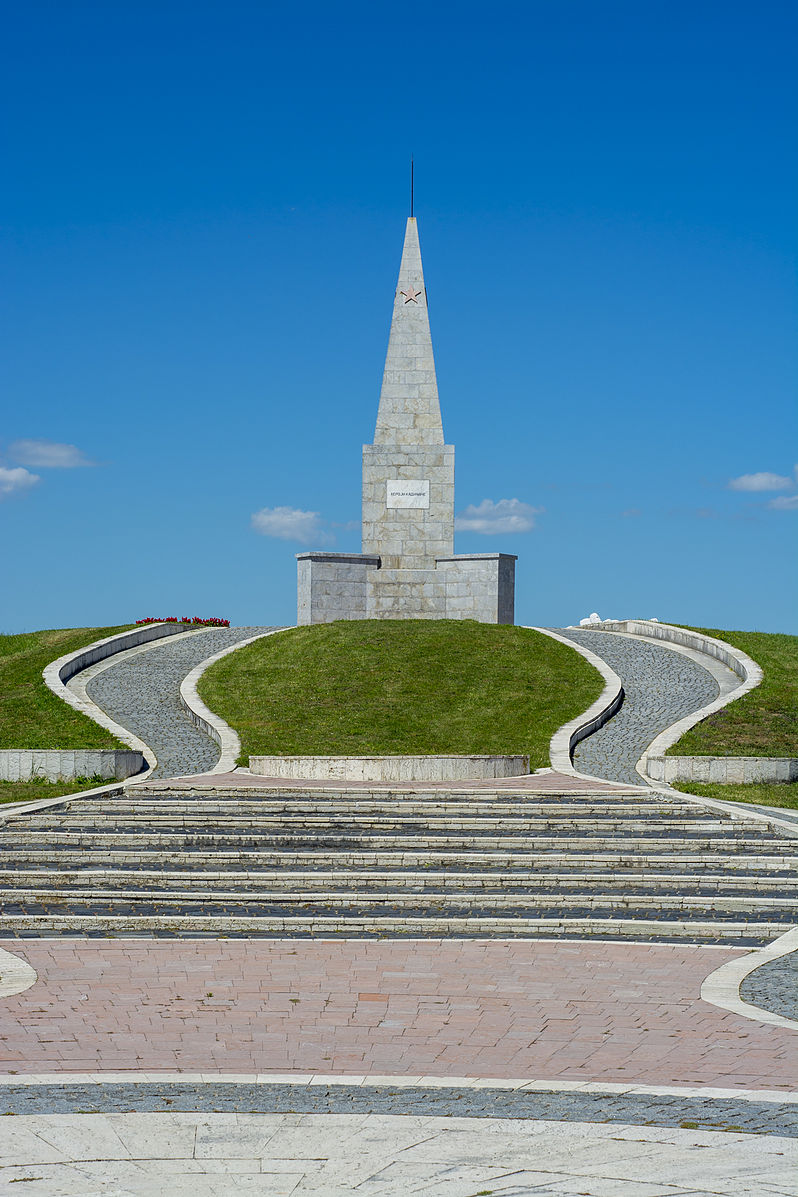
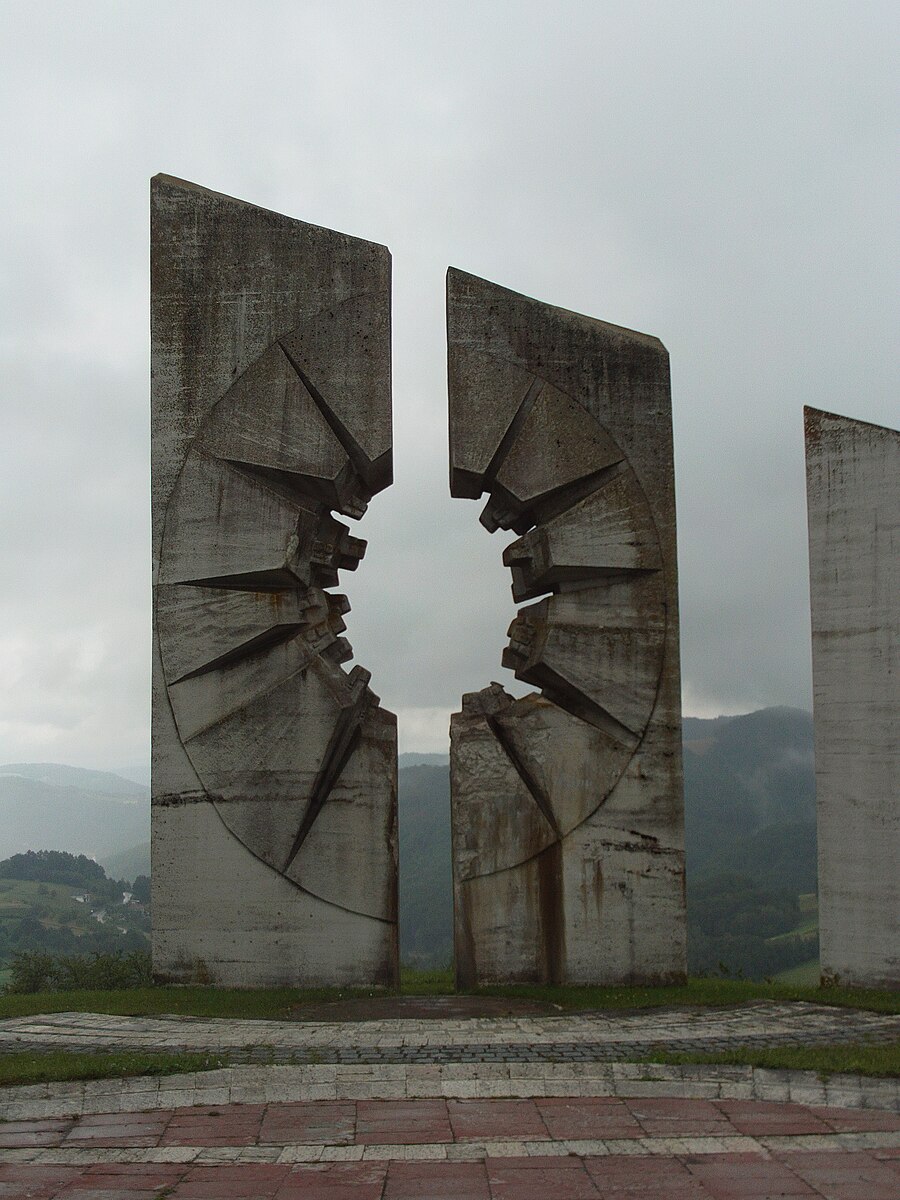
Symbolism in Stone
Designed by famed Yugoslav sculptor Miodrag Živković, the Kadinjača Monument was unveiled in 1979 as part of Yugoslavia’s extensive network of memorials. It features an array of bold, geometric stone formations that rise dramatically from the landscape. These elements are meticulously arranged to evoke both the passage of time and the immensity of sacrifice.
The layout consists of:
- The Alley of Partisans: A pathway leading through symbolic “gates” that represent the journey of the Partisans.
- The Central Obelisk: A towering structure symbolizing resilience and the enduring spirit of resistance.
- Radiating Stones: Semi-circular stone slabs that represent the ripple effect of the Partisans’ sacrifice, extending their impact across generations.
This visually striking ensemble has earned the monument comparisons to Stonehenge, as both sites are marked by their enigmatic stone arrangements and their connection to deeper cultural narratives.
A Place of Reflection and Natural Beauty
The Kadinjača Monument is set against the backdrop of the Zlatibor mountain range, offering breathtaking views of Serbia’s natural beauty. Visitors can explore the surrounding park, which provides a tranquil space for reflection on the human cost of war and the enduring value of freedom.
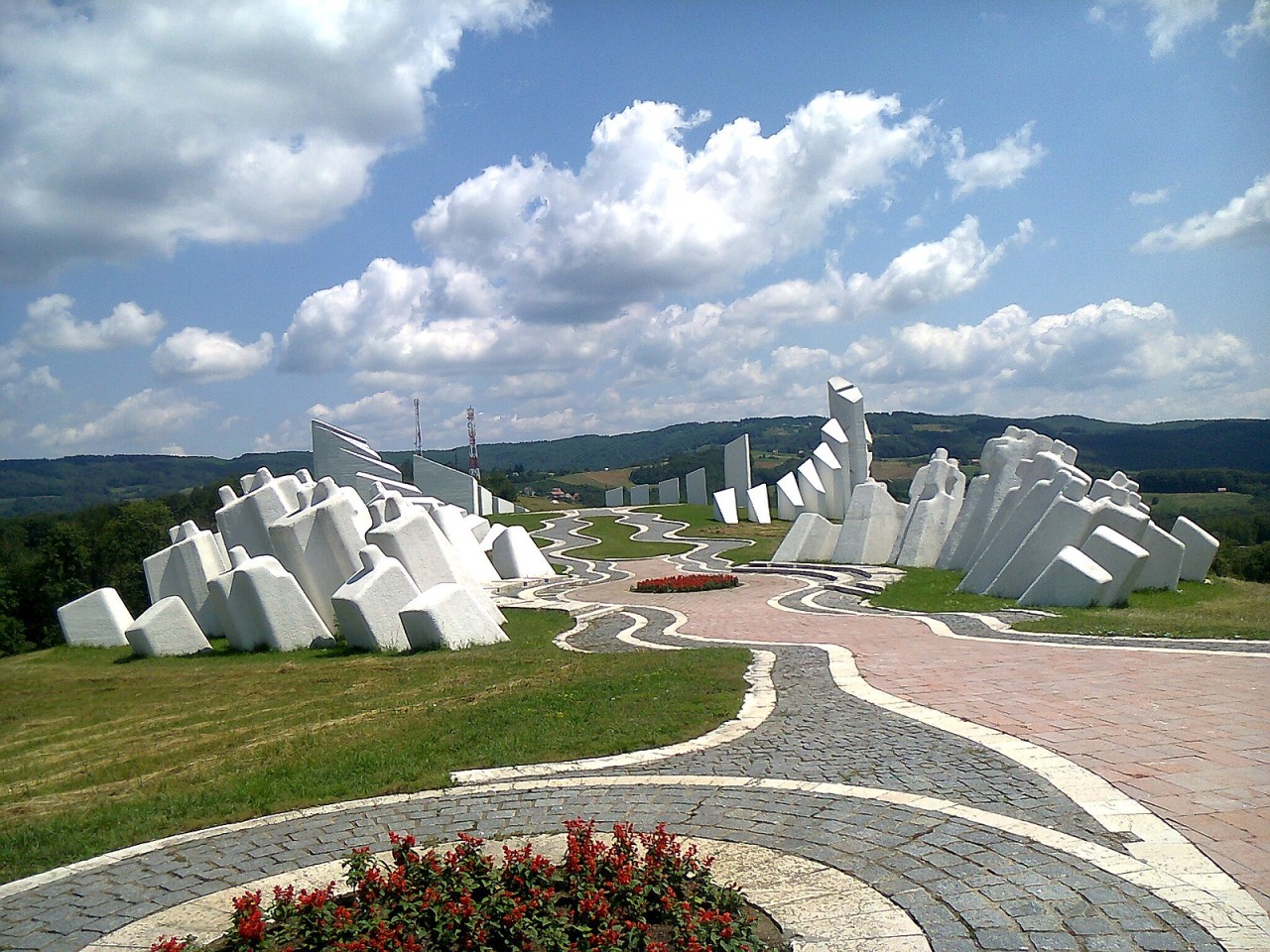
The site is also a popular destination for history enthusiasts, architecture admirers, and hikers seeking a blend of cultural and natural experiences. Information panels and guided tours help visitors understand the historical significance of the site, bringing to life the stories of the Partisans who fought and fell on these grounds.
Kadinjača Today: A Cultural Beacon
In addition to its historical importance, the Kadinjača Monument serves as a reminder of Yugoslavia’s legacy of building monumental tributes to resistance and unity. It attracts thousands of visitors each year, including international travelers, school groups, and researchers studying socialist-era memorial art.
Efforts have been made to preserve and promote the monument, ensuring its continued relevance in modern Serbia. Events commemorating the Battle of Kadinjača are held annually, drawing attention to the enduring significance of the Partisans’ sacrifice.
How to Visit Kadinjača
The Kadinjača Monument is easily accessible from Užice, located just 14 kilometers from the town center. Visitors can reach the site by car, bus, or organized tours. Its proximity to other attractions, such as the Zlatibor mountain resorts and the Mokra Gora railway, makes it an essential stop for anyone exploring the region.
The Kadinjača Monument stands as more than just a historical marker; it is a symbol of resistance, a work of art, and a cultural treasure. Known as the “Serbian Stonehenge,” it captures the imagination while honoring the bravery and sacrifice of those who fought for freedom. For anyone visiting Serbia, a trip to this remarkable site promises both inspiration and a deeper appreciation of the country’s rich history.
Related Articles


From Fireworks to Family Dinners: New Year’s Eve Across Serbia
December 31, 2025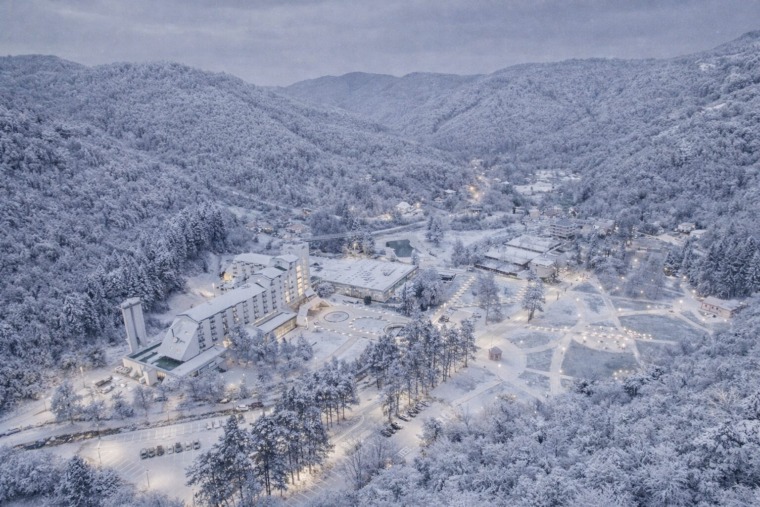
Kuršumlijska Banja: Serbia’s Quiet Winter Spa Escape
December 30, 2025
Novak Đokovic Receives Special Globe Soccer Award in Dubai
December 29, 2025

